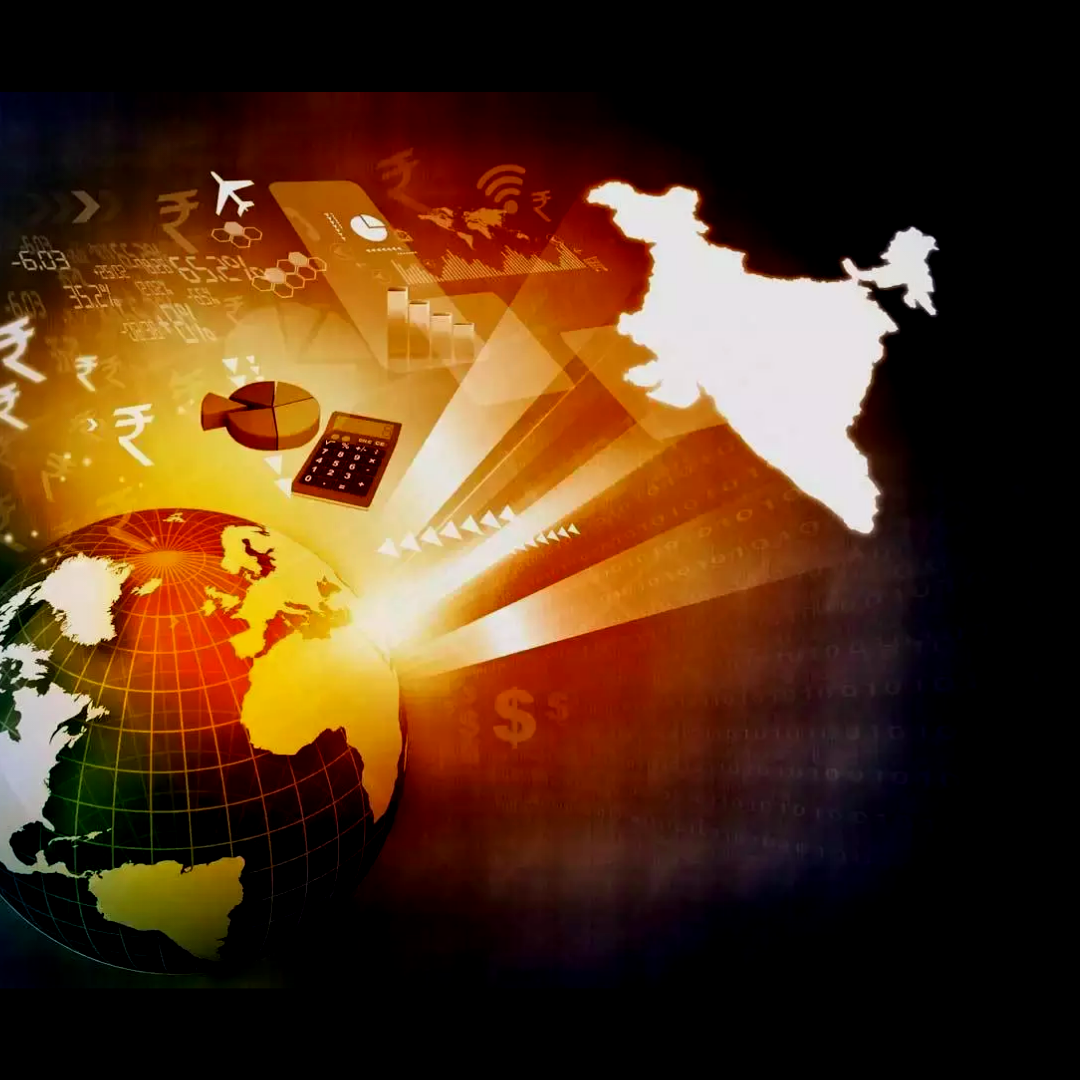The COVID-19 pandemic accompanied by synchronized lockdowns all over the world has had a significant negative impact on the world economy. Being a developing country, India had been severely hit by the adverse effects of the pandemic and the shift from normality due to a stop in the functioning of several services like transport, factories, private offices and others, which would’ve otherwise been unaffected. The MRD report had stated that more than 40 million citizens, mostly in the informal sector, had lost their jobs during this time, along with a great rise in prices due to sudden shocks to both the demand and supply sides for several sectors. Thus, the Indian economy had gone into recession with a drastic fall in the GDP since the onset of the coronavirus, the contraction reaching an all-time low of 23.8%.
However, with people gradually adapting to the “new normal”, supported by gradual unlocking of the economy, the economic conditions are expected to rise from the next quarter with some sectors showing promising growth. The International Monetary Fund has said that India is expected to grow at an impressive rate of 8.8% in 2021, surpassing the growth rate of 8.2% of China, thus, emerging as one of the fastest-growing economies in the world, yet again.
One of the primary causes behind the probable economic revival can be the Aatmanirbhar Bharat Abhiyaan (Self-Reliant India) scheme, under which the government and the Reserve Bank of India (RBI) provided stimulus to the economy through fiscal & monetary relief. The package provided a complete relief of Rs.20 lakh crore, including a variety of packages for various sectors to uplift them. However, the package lacked significant direct boost to the aggregate demand, which was one of its biggest flaws and thus, hindered the progress rate. Even the monetary measures by RBI were not implemented properly throughout the country which led to the package not having the desired outcome. To facilitate quicker bouncing back, the government should implement measures to provide direct relief to the households in the form of liquid money or tax reliefs to boost their demand and generate transactions.
If the trade balance of India is checked, it is seen that the sharp decline in the price of crude oil has been very beneficial for the economy by reducing the cost of imports as India is the largest importer of crude oil after China and Japan. For a speedy recovery of the economy, the supply side must also be dealt with. The government should implement more schemes like the Pradhan Mantri Kisaan Yojna, to help the farmers and give impetus to agriculture. Infrastructural innovations of other industries can also lead to increase in supply of the necessary products. The healthcare industry, including the workers, should be given greater priority due to their important nature, as was evident from the pandemic.
There is a lot of hope for the Indian economy. However, unless schemes are implemented properly and the funding can work its way to the masses through the prevailing complex bureaucracy and corruption, it will be difficult to progress from this disaster. The unlock attempts by the government can help the economy in a great way if the safety measures are strictly followed because helping all the industries finally work from their dormant positions will do the economy great good in terms of increased cash flow and transactions and is bound to uplift the economy. The government needs to set up a team which would strictly look into the unlocking of the economy without many hindrances, so that people can gradually move on with their lives and contribute to the economic growth. The Indian economy has great potential, however, unless that potential is realised and worked upon in an efficient manner, there is not much hope.
Written by- Soumili Basu




